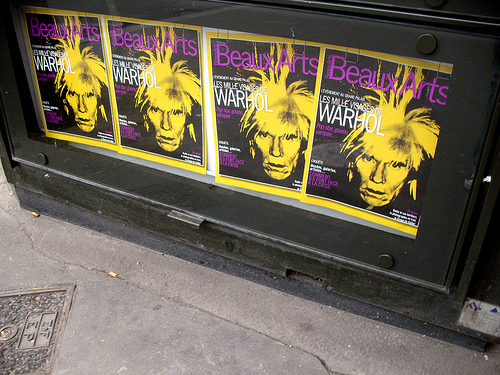
“What is it about thread that is so appealing? Within contemporary society there is a hunger for sensual experiences that can only be satisfied by handle and texture. We are surrounded by smooth surfaces, from screens to kitchen counters, floors and cars. Clothing is increasingly constructed from a narrow range of nylon and cotton fibre – while appealing to the eye, these leave the hand starved of stimulus.” Polly Leonard, Founder/Editor, selvedge Magazine selvedge, Issue 84, Surface, September – October 2018To learn more about Polly and the founding of selvedge, access Threaded Stories: A Talk with Polly Leonard:https://classiq.me/threaded-stories-a-talk-with-polly-leonard













We Told You So: Fiber Art Continues to Trend
22sh/r Color Alphabet Tapestry by Sheila Hicks, wool, silk, 6’ x 6’, 1982. Photo by Tom Grotta
Last year we predicted that fiber art’s new-found popularity would continue into 2015. You need not take just our word for that — take the Wall Street Journal’s. Earlier this month, the paper identified fiber as the “Art World’ New Material Obsession,” http://www.wsj.com/articles/the-art-worlds-new-material-obsession-fiber-1439565675 and dubbed Sheila Hicks and Françoise Grossen “overlooked masters.” The short piece quotes Sheila Hicks, “I always joke that fiber is my alphabet. I can say an unlimited range of things.” (The Hicks’ work featured here, Color Alphabet Tapestry (1982), is an ideal example.) The New York Time’s review of Françoise Grossen’s long-awaited US survey exhibition, “Françoise Grossen, a Fabric Artist Inspired by Other Fields,”
FROM THE MERMAID SERIES IV, Francoise Grossen, poly, metal, paper, braided, 16″ x 72″ x 72″
http://www.nytimes.com/
2015/08/07/arts/design/
review-francoise-grossen-a-fabric-artist-inspired-by-other-fields.html, adds additional context. The author, Martha Schwendener, quotes Grossen describing the approach of pathmaking fabric artists of the 60s, “First we broke with the rectangle, then we broke with the wall.” Interested in learning more? The contemporary art fabric movement is discussed (and illustrated) in our recent catalogs, Retro/Prospective: 25+ Years of Art Textiles and Sculpture, with essays by Jo Ann C. Stabb and Lesley Milar, MBE and Influence and Evolution: Fiber Sculpture…then and now with an Essay by Ezra Shales, PhD
Influence and Evolution: Fiber Sculpture…then and now
catalog cover artwork by Federica Luzzi
http://www.browngrotta.com/Pages/catalogs.php.